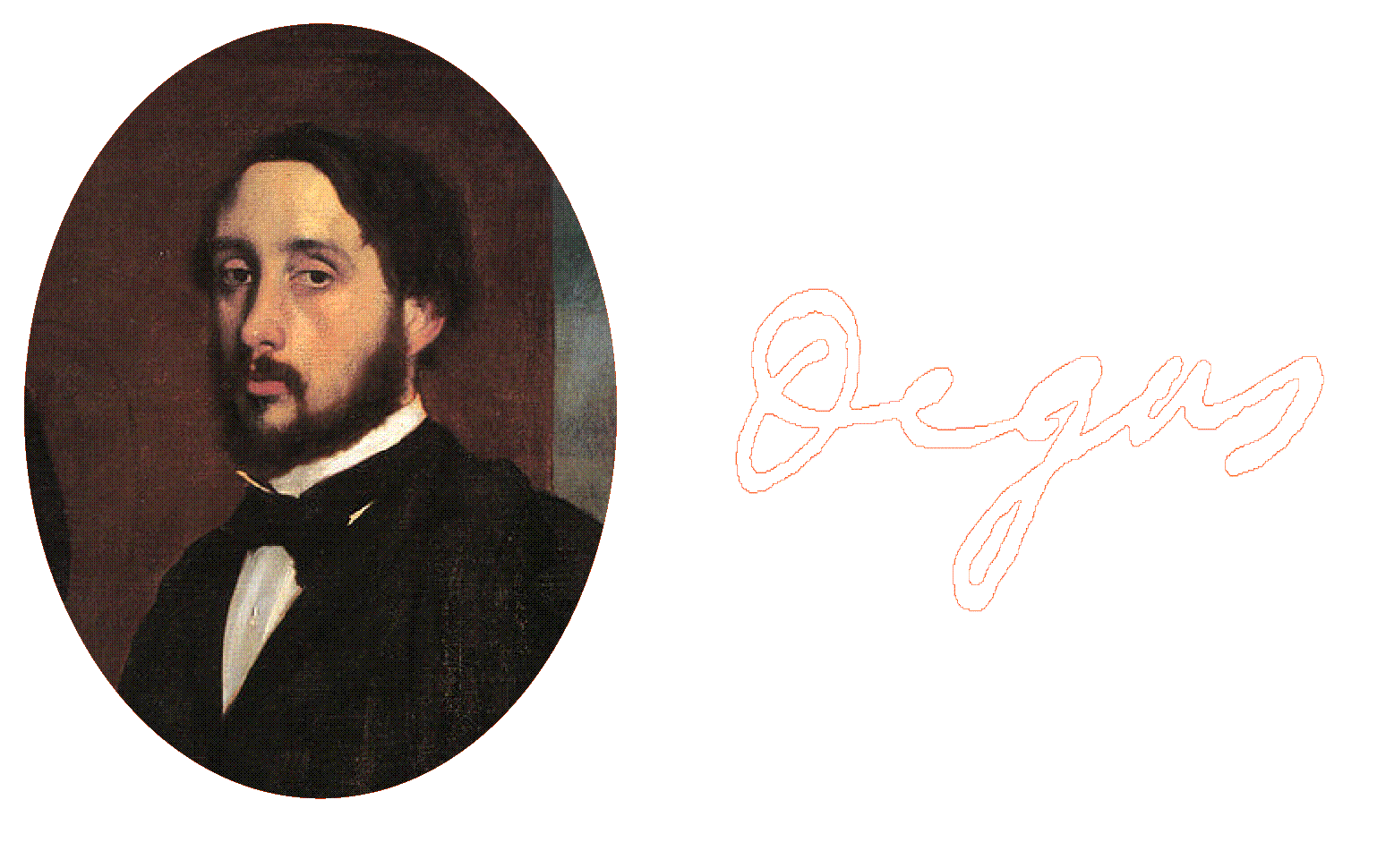Degas: Dance, Politics and Society at Sao Paulo Arte Museum from October 30th, 2020 till February 16th, 2021
Degas: Dance, Politics and Society will gather at Museu de Arte of Sao Paulo over one hundred works by Edgar Degas (Paris, 1834–1917) that explore the relationship between his oeuvre and the world of dancing.
Rather than considering strictly formal or stylistic approaches to the work, this project instead aims to underscore how nearly half of his two thousand works, including paintings, pastels, drawings, engravings and sculptures, constitute a documentary window into the social realities of dance in Paris at the artist’s time.
The exhibition is part of MASP’s yearlong program fully dedicated to Histories of Dance, which will present throughout the year exhibitions, workshops, talks, courses and publications centering on the relationships between dance and visual art throughout the centuries. Three international conferences will be held between 2018 and 2020,
culminating in an anthology to be published in 2020. The conferences will bring together art historians, critics, curators, artists, dancers and choreographers to consider how artists have represented and appropriated dance in their work, how dance has come into art museums, as well as the political dimension of dance in everyday life and the city.
Degas, usually classified in art history as an impressionist, participated in seven out of eight group shows that included such artists as Edouard Manet, Claude Monet, Pierre Renoir, Camile Pissarro, Alfred Sisley, Paul Cézanne. But given the artist’s solid education in classical drawing and his contempt for paintings directly inspired by nature, his production actually started to reveal an alternative to the increasingly schematic path of impressionism. As this exhibition will demonstrate, Degas would become the painter of dancers but also of cafes, operas and horse races, staunchly affirming throughout his life the principles of independence and genuine appreciation for modernity.
In the universe built by Degas around dance and movement, the dancers appear alone, in pairs or groups, as well as on stage, in the classroom and rehearsing pirouettes, executing grand battements and portes de bras, practicing on the barre and adjusting their clothes during moments of rest.
But as some essays of the exhibition’s catalogue will show, for the working-class Parisian youth of the second half of the 19th century, embracing dance meant a life of long, exhausting hours and meager financial reward, with only a remote possibility of joining a corps de ballet, and an even more improbable chance of stardom. Appearing on stage was for those women, therefore, an opportunity to advertise themselves, their beauty and charm, which was allotted as much space in the newspapers of the time as the quality of the performance itself. Even though some of the daughters of the wealthiest men were trying to build careers as dancers, it was still widely assumed that these dancers could be paid and exploited, and were sexually available.
An important figure in the Parisian context, as well as in this exhibition, is the admirer of the dancer, who Degas typically portrayed as a dark, clouded, somewhat sinister figure as seen in La classe de danse (1873–76, Musée d'Orsay); Le foyer de la danse à l'Opéra de la rue Le Peletier (1872, Musée d'Orsay); The Rehearsal of the Ballet on Stage (c. 1874, The Metropolitan Museum of Art), and Ludovic Halevy et Albert Cave (1879, Musée d'Orsay). Those men, often of a predatory character, were hidden backstage in Degas’ paintings. Such character derives from the grotesque, sometimes comic tone Degas gives them through the dichotomy between traditional and misogynistic notions of masculine control, on the one hand, and female submission on the other.
The exhibition will also underscore the fact that Degas’ dance scenes represent a pretext for careful studies of movement. It will moreover present research concerning compositions that until then had never been done before, where movements are segmented, decentralized or asymmetrical, and captured like photographic snapshots.
Their innovative character for the time becomes clear in such works as La Petite Danseuse de Quatorze Ans (c. 1881, MASP), to be featured in this exhibition. Degas was not aiming to portray a beautiful young lady in this sculpture, but rather a teenager hard at work in a most challenging job: becoming a ballerina in Paris at the end of the 19th century. Degas wanted to produce a work that went against the paradigms of sculpture at that time, something he had never actually achieved.
It was during one of his frequent visits to the Paris Opera that Degas met the young Marie van Goethem (1865 – ?), the ballet student portrayed in the sculpture. Little is known about the life of this young woman, who joined the Paris Opera ballet at 13 and was the daughter of a washerwoman and a tailor under constant financial stress.
The ballerinas generally came from families of factory workers and laborers who sought social upward mobility or financial stability through dance. We know from her personal history that one of her sisters went to jail for robbing a client at the celebrated Parisian bar Chat Noir. Marie started missing several classes after that and ended up being
dismissed. Like her sister, Marie was probably forced into prostitution by her mother.
Degas: Dance, Politics and Society aims to offer a novel approach to the work of Edgar Degas, something that has been explored by a number of authors and studies but has not found its way into exhibitions. The exhibition is curated by Adriano Pedrosa, artistic director, and Fernando Oliva, curator at MASP. A catalogue will be published to accompany the exhibition, reproducing all the works and featuring newly commissioned essays by scholars and the exhibition’s curators.
Museu de Arte de São Paulo Assis Chateaubriand
São Paulo - Brazil
Publication : 17-10-2019
